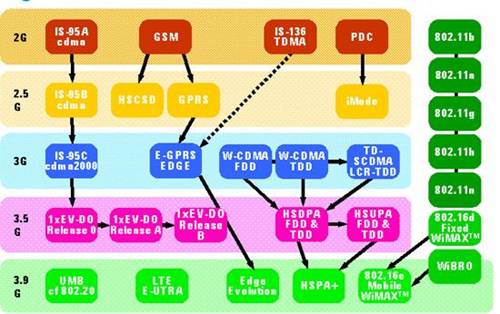I’m surprised to read in the New York Times that “location services have not caught on.”
The number of people using location-based services like Foursquare and Gowalla remains small, and does not appear to be growing, according to a report published Thursday by the Pew Research Center’s Internet & American Life Project.
Guess we don’t have to worry about a spectrum crisis/crunch.
The survey asked 2,065 adult internet users if they “use a service such as Foursquare or Gowalla that allows you to share your location with friends and to find others who are near you.” 5% said yes. In May 2010, that number was 4%. Thus, the Times’ view.
The report also says, however, that the margin of error is +/- 3% for the current number. Pew does not say what the margin of error is from its May survey. Moreover, Pew has no detail on the May survey, in contrast to the current survey, so it is hard to draw a comparison at all. Assuming the May margin of error is the same, a drop from 5% to 4% could instead be an increase from 2% to 7%.
“Location-based services” covers a lot of ground, far beyond social networking, especially in the wireless world. I think Foursquare and Gowalla are more properly called location-based applications.
I’m intrigued by a question Pew uses as a prelude to the above one. They asked 3,001 adults if they use the internet or e-mail. 74% responded yes, compared to 79% in May. Pew has no comment on this, a fairly sharp drop. Kind of like newspaper circulation.
